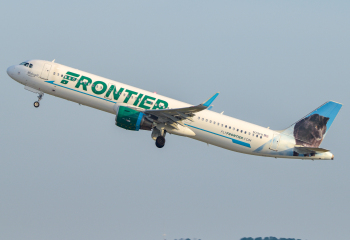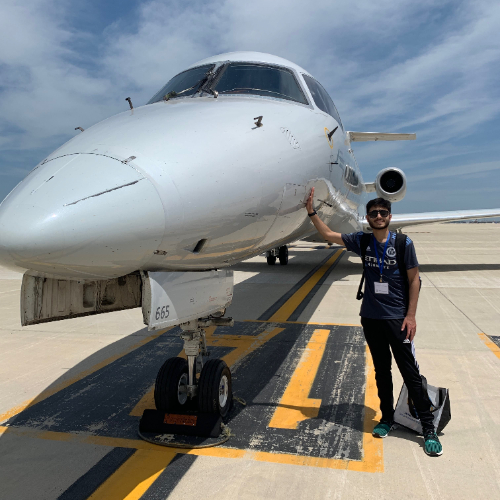Low-cost airlines have become the norm all over the world. It goes without saying that these airlines have truly revolutionized air travel for the masses, allowing more and more people to fly thanks to their low prices.
You may have, at some point, been searching for flights one day and found certain tickets priced astonishingly low when compared to the other options.
Upon seeing this, you may have been enticed to book this fare. And why wouldn't you? Anyone in their right mind, when presented with the opportunity, would surely do what's easiest to save them money.
However, as you book this tantalizingly-cheap ticket, you start to notice some issues.
Amenities that you had initially thought were included in the ticket are now being treated as ancillary fares. Seat selection, food, and even bags are now offered as add-ons and this fact is causing you frustration.
Well, this is how the vast majority of low-cost budget airlines work. The fares they advertise on common booking search engines are the base airfare. These fares, when booked, only guarantee you a seat on the flight and nothing else.
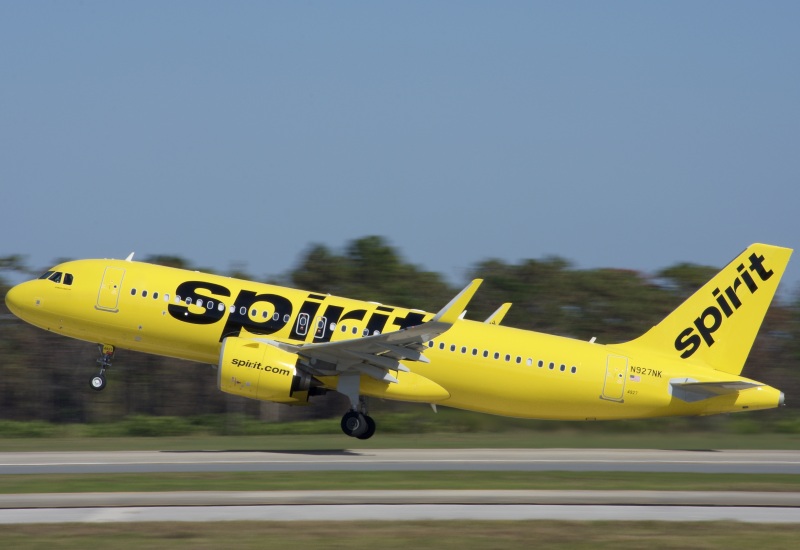
A surprising majority of travelers seem to be oblivious to this fact and, unfortunately, are always sucked into this wormhole of having to pay for certain amenities they had just assumed to be free.
The purpose of this article is to put those assumptions to rest and give a full run-down of what to expect when flying a budget airline. Hopefully after reading this, you will be fully prepared for your next journey onboard a low-cost airline.
Ancillary Fees
The word "ancillary" doesn't get thrown around a whole lot, but in the context of airlines and fees, it refers to additional fees and services. In the case of most low-cost carriers, these include the usual add-ons like food, seat selection, and bags.
However, these airlines can even charge you to check in at the airport and even print your boarding pass. That's because these services do involve an additional cost factor for the airlines, such as acquiring the paper needed to print the boarding passes from the machines. Hence, resulting in the added cost of utilizing them. In these cases, low-cost airlines urge passengers to check in online via their apps or websites and receive their boarding passes electronically.
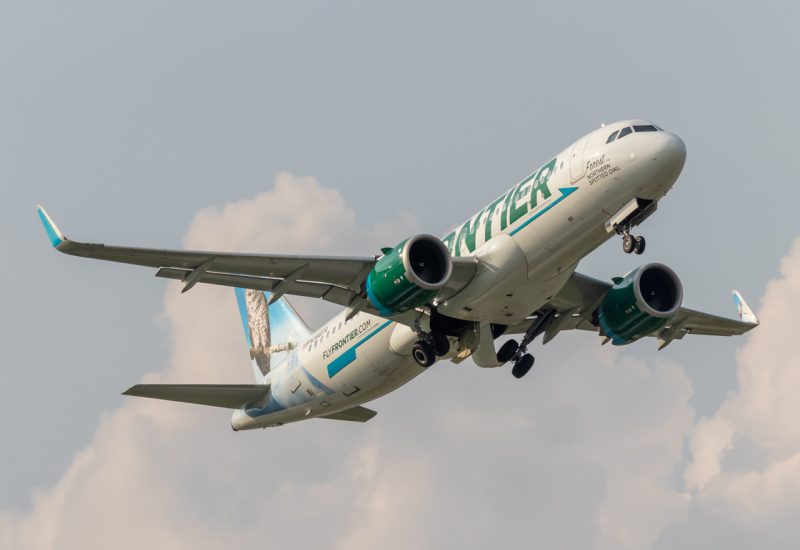
Ultra-low-cost airlines will charge for any food and drink on their flights. The prices can vary per airline but expect to pay anywhere between $2 to $10 depending on what refreshments you choose.
The cost of seat selection depends on the airline. Not only this, but it can also vary with respect to the flight's length and where on the aircraft you are looking to sit.
Seats in the front of the plane are always more expensive. This is because the front of the plane, in most cases, is where the bulk of passengers board and exit the aircraft.
Being seated closer to the front of the plane means you spend less time waiting in the aisle to get to your seat and conversely, less time waiting for people ahead of you to get off the plane. Airlines know this, and, because of the convenience factor of sitting in the front, they will price these seats higher than those in the back of the plane.
Taking the example of Frontier Airlines, seats in the front can cost anywhere from $25-40. The first few rows are also extra legroom "Stretch Seats", so this factor also plays into the increased price.
Standard seats in the front will also set you back $20-25, again, this really depends on the flight duration and these prices change. Exit row seats will also be anywhere between $25, $30-45. But then as you progress past the exit rows, the seat selection costs decrease to around $18 for the first few rows after the exit rows, then as cheap as $11-13 at the very back.

If you don't want to pay for seats, airlines will randomly assign you a seat once you've checked in. This would be free of cost, so if you don't mind where you sit and want to save money, this is the route you want to choose.
Baggage Fees
Bag fees, and ancillary fees overall, are huge contributors to the revenue of budget airlines. This is primarily because these airlines always manage to snatch passengers' money in getting them to pay ancillary fees because these passengers didn't know any better before.
Baggage fees can be the most gnarly fees of budget airlines. Of course, they differ by airline, but a common trend you must know is that if you choose NOT to pay for bags when booking your flight, they will get MORE EXPENSIVE later on!
If you know for absolutely sure you will need to bring a carry-on or checked luggage onboard your flight, you must see to it that you pay for them while booking your flight to get the best deal.
Bags will be significantly more expensive during online check-in and even more so at the gate. When flying Frontier, you could see yourself paying upwards of $100 per bag at the boarding gate if you fail to purchase them online.
Every airline may have a different dimension requirement for a carry-on bag, so here are the carry-on dimensions across three major American ultra-low-cost carriers. Keep in mind these INCLUDE wheels, straps, and handles.
- Allegiant Air: 9in x 14in x 22in (22.9cm x 35.6cm x 55.9cm)
- Frontier Airlines: 24in Height x 16in Width x 10in Depth (61cm x 40cm x 25cm)
- Spirit Airlines: 22in x 18in x 10in (56cm x 46cm x 25cm)
Airlines also vary on whether or not a weight limit is imposed on carry-on bags. Frontier Airlines, for example, has a weight limit of 35 pounds on carry-ons. On the flip side, Spirit and Allegiant do not highlight any weight restrictions.
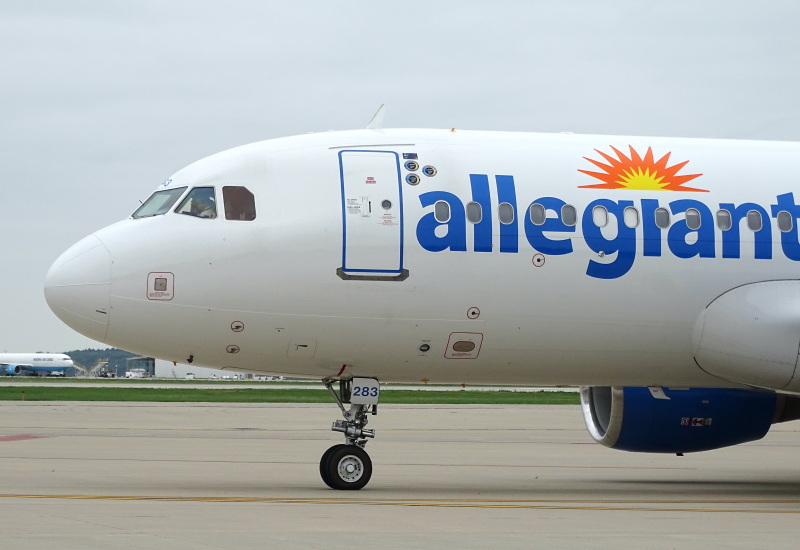
That was carry-on luggage discussed, but what about checked luggage? All three aforementioned airlines have weight and size limits imposed on checked luggage, which are outlined below:
- Allegiant Air: 50lbs (22kg); Under 80 linear inches (203cm)
- Frontier Airlines: 40lbs (18kg); Under 62 linear inches (157cm)
- Spirit Airlines: 99lbs (45kg); Under 80 linear inches (203cm)
"Linear inches" (or centimeters) refers to the overall dimensions of the bag, specifically its height + width + depth.
Make sure, if you do bring a carry-on or checked luggage onboard budget airlines, that your bags do meet these requirements. Airlines will charge you for overweight luggage, upwards of $50-75 per flight segment and maybe even more.
But what if you don't have checked or carry-on luggage? Personal items are included in your ticket and can be small backpacks, purses, and drawstring bags. If you don't have any of these, you should be fine as long as your personal item meets these dimensions and, most importantly, can fit under the seat in front of you.
- Allegiant Air: 16in x 15in x 7in (40.6cm x 38.1cm x 17.8cm)
- Frontier Airlines: 14in Height x 18in Width x 8in Depth (35cm x 45cm x 20cm)
- Spirit Airlines: 17in x 13in x 7in (45cm x 35cm x 20cm)
If your personal item appears to be larger than the dimensions specified, airlines have actual sizing boxes at check-in and the gate. The gate agents could very well ask you to place your bag in the sizing boxes, just to ensure your bag meets the requirements.
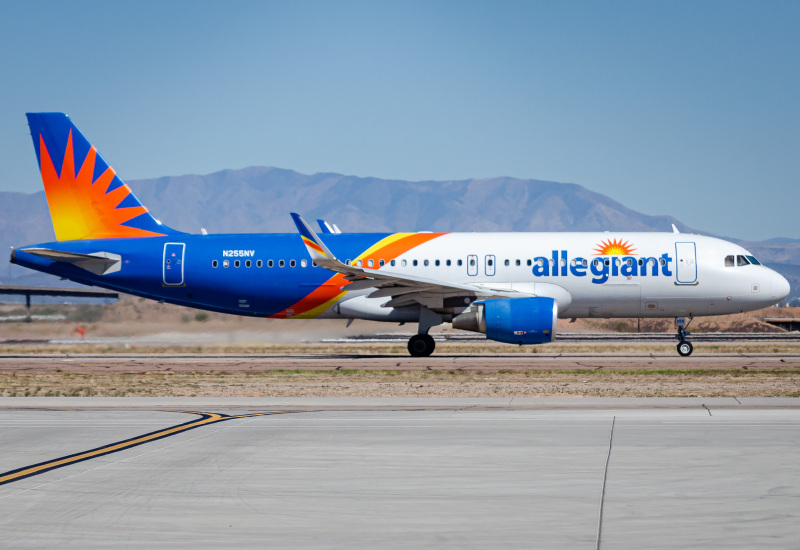
If your personal item exceeds any size requirements, you will be asked to pay upfront for that bag as if it's a carry-on bag. You don't want to risk that, so always ensure beforehand that your bag fits the maximum dimensions stipulated by your airline.
Maximize Your Savings
Chances are, if you choose to book with a budget carrier, the ticket you've bought is (in most cases) substantially cheaper than the full-service carrier competition. This may not always be true, as on certain dates and between certain cities, demand may be so high that the difference in fares between budget and full-service airlines is negligible.
If this is the case, it makes the most sense to choose the full-service airline as, unless you book the dreaded "Basic Economy", your ticket will include carry-on and checked luggage, onboard refreshments, seat selection, and airport check-in, among others.
But, let's say you've booked a dirt-cheap roundtrip ticket on a budget airline. Now knowing the fees that you could encounter, let's quickly review what strategies you should adopt to maximize your savings.
Firstly, when you book your flight, make sure to pay for any carry-on or checked bags then and there. Do this only if you're absolutely certain your trip will require taking such bags. Paying for bags will only get more expensive later on, so online booking would be the best time to purchase them.
Next, if you don't mind being randomly assigned to a seat, then do not pre-select a seat during booking. As mentioned earlier, these can cost anywhere between $18-60 per person (again, this varies). But, if you don't mind the chance of spending your flight in a middle seat, then simply skip this option to save money.
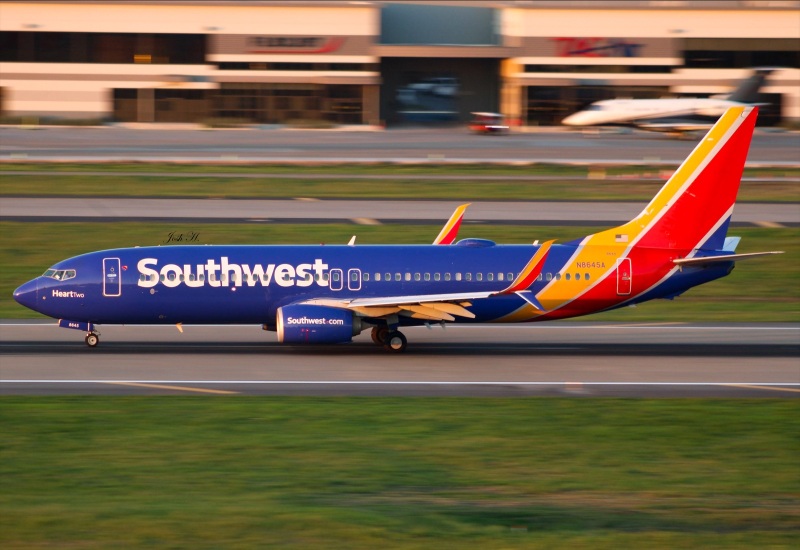
24 hours before your flight, most budget airlines will open their online check-in. This is where you will, once again, confirm what you're bringing with you and also receive your mobile boarding.
ALWAYS check in online and receive your mobile boarding pass with budget carriers. If you don't, you could risk being charged extra at the airport, not just for check-in but also to print your boarding pass.
If you're in for a long flight, be sure you have some forms of entertainment downloaded beforehand. Certain budget carriers, like Spirit, offer onboard WiFi but do indeed charge to use it even for streaming entertainment. Therefore, save some money in this regard and ensure you have something to keep you entertained on your flight.
It's no surprise that airport food is expensive and the same translates to onboard the flight. Referencing Spirit's inflight menu, a muffin and even a six-pack of Oreos can set you back $4 per item. Because of this, if possible, try to bring some snacks onboard your flight.
Not only this but ensure you have an empty water bottle once you arrive at the airport. TSA does not allow full bottles of water to pass through, so in order to avoid having to throw away a perfectly good bottle of water, bring it empty so you can fill it up after security.
If you don't do this, you could risk paying $5-8 for a bottle of water at one of the airport shops.
Flying budget airlines can either save you a lot of money or, if you don't play the "game" right, it can make you spend a lot more money than you had hoped.
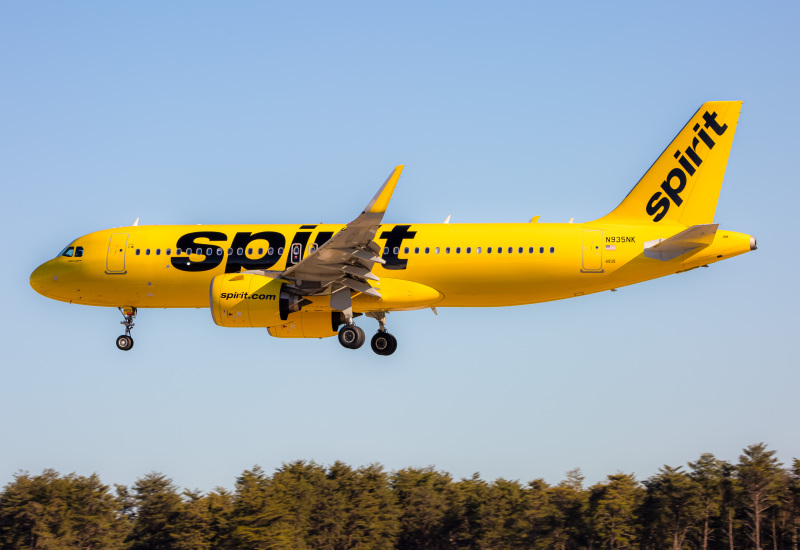
We hope this comprehensive guide to common budget airline fees was helpful, especially if you happen to travel on a budget carrier soon!
What are some dirt-cheap tickets you have scored on budget airlines? Or, a better question: what are some unnecessary fees you've been drawn into paying on budget airlines? Did we miss any notable fees listed above? We would love to hear your experiences and thoughts.
Bomb Threat Cancels Air New Zealand Flight, Delays Passengers » Maldivian Airlines Introduces First-Ever Widebody Aircraft, Plans New China Flights » Emirates Dismisses Viral A330 Plane Crash Video as "Fabricated and Untrue" »
Comments (7)
 Irinirq
Good day <a href=https://ped-pressa.kiev.ua/>.</a>
I found your forum very attractive and promising.
I want buy advertising space for a banner in the header , for $ 500 per month.
Pay I will be through WebMoney, 50% immediately, and 50% in 2 weeks. And yet, the address of my page https://ped-pressa.kiev.ua/ - will it not contradict the topic? Thank you!
Please write about your decision to me in the PM or to the mail [email protected]
Irinirq
Good day <a href=https://ped-pressa.kiev.ua/>.</a>
I found your forum very attractive and promising.
I want buy advertising space for a banner in the header , for $ 500 per month.
Pay I will be through WebMoney, 50% immediately, and 50% in 2 weeks. And yet, the address of my page https://ped-pressa.kiev.ua/ - will it not contradict the topic? Thank you!
Please write about your decision to me in the PM or to the mail [email protected]
 Irinelf
Good afternoon <a href=https://ped-pressa.kiev.ua/>.</a>
I found your forum very attractive and promising.
I want buy advertising space for a banner in the top of the site , for $ 500 per month.
Pay I will be through WebMoney, 50% immediately, and 50% in 2 weeks. And yet, the address of my site https://ped-pressa.kiev.ua/ - will it not contradict the topic? Thank you!
Write about your decision to me in the PM or to the mail [email protected]
Irinelf
Good afternoon <a href=https://ped-pressa.kiev.ua/>.</a>
I found your forum very attractive and promising.
I want buy advertising space for a banner in the top of the site , for $ 500 per month.
Pay I will be through WebMoney, 50% immediately, and 50% in 2 weeks. And yet, the address of my site https://ped-pressa.kiev.ua/ - will it not contradict the topic? Thank you!
Write about your decision to me in the PM or to the mail [email protected]
 Iringjp
Good day <a href=https://ped-pressa.kiev.ua/>.</a>
I found your forum very attractive and promising.
I want buy advertising space for a banner in the header , for $ 500 per month.
Pay I will be through WebMoney, 50% immediately, and 50% in 2 weeks. And yet, the address of my portal https://ped-pressa.kiev.ua/ - will it not contradict the topic? Thank you!
Send a letter about your decision to me in the PM or to the mail [email protected]
Iringjp
Good day <a href=https://ped-pressa.kiev.ua/>.</a>
I found your forum very attractive and promising.
I want buy advertising space for a banner in the header , for $ 500 per month.
Pay I will be through WebMoney, 50% immediately, and 50% in 2 weeks. And yet, the address of my portal https://ped-pressa.kiev.ua/ - will it not contradict the topic? Thank you!
Send a letter about your decision to me in the PM or to the mail [email protected]
 Irinvmd
Good day <a href=https://ped-pressa.kiev.ua/>.</a>
I found your forum very attractive and promising.
I want place advertising space for a banner in the top of the site , for $ 500 per month.
Pay I will be through WebMoney, 50% immediately, and 50% in 2 weeks. And yet, the address of my site https://ped-pressa.kiev.ua/ - will it not contradict the topic? Thank you!
Please write about your decision to me in the PM or to the mail [email protected]
Irinvmd
Good day <a href=https://ped-pressa.kiev.ua/>.</a>
I found your forum very attractive and promising.
I want place advertising space for a banner in the top of the site , for $ 500 per month.
Pay I will be through WebMoney, 50% immediately, and 50% in 2 weeks. And yet, the address of my site https://ped-pressa.kiev.ua/ - will it not contradict the topic? Thank you!
Please write about your decision to me in the PM or to the mail [email protected]
 Irinspx
Good day <a href=https://ped-pressa.kiev.ua/>.</a>
I found your forum very attractive and promising.
I want place advertising space for a banner in the top of the site, for $ 500 per month.
Pay I will be through WebMoney, 50% immediately, and 50% in 2 weeks. And yet, the address of my portal https://ped-pressa.kiev.ua/ - will it not contradict the topic? Thank you!
Please write about your decision to me in the PM or to the mail [email protected]
Irinspx
Good day <a href=https://ped-pressa.kiev.ua/>.</a>
I found your forum very attractive and promising.
I want place advertising space for a banner in the top of the site, for $ 500 per month.
Pay I will be through WebMoney, 50% immediately, and 50% in 2 weeks. And yet, the address of my portal https://ped-pressa.kiev.ua/ - will it not contradict the topic? Thank you!
Please write about your decision to me in the PM or to the mail [email protected]
 Irinrnp
Good day <a href=https://ped-pressa.kiev.ua/>.</a>
I found your forum very attractive and promising.
I want buy advertising space for a banner in the top of the site , for $ 500 per month.
Pay I will be through WebMoney, 50% immediately, and 50% in 2 weeks. And yet, the address of my portal https://ped-pressa.kiev.ua/ - will it not contradict the topic? Thank you!
Please write about your decision to me in the PM or to the mail [email protected]
Irinrnp
Good day <a href=https://ped-pressa.kiev.ua/>.</a>
I found your forum very attractive and promising.
I want buy advertising space for a banner in the top of the site , for $ 500 per month.
Pay I will be through WebMoney, 50% immediately, and 50% in 2 weeks. And yet, the address of my portal https://ped-pressa.kiev.ua/ - will it not contradict the topic? Thank you!
Please write about your decision to me in the PM or to the mail [email protected]
 Irincig
Good day <a href=https://ped-pressa.kiev.ua/>.</a>
I found your forum very attractive and promising.
I want buy advertising space for a banner in the top of the site , for $ 500 per month.
Pay I will be through WebMoney, 50% immediately, and 50% in 2 weeks. And yet, the address of my blog https://ped-pressa.kiev.ua/ - will it not contradict the topic? Thank you!
Write about your decision to me in the PM or to the mail [email protected]
Irincig
Good day <a href=https://ped-pressa.kiev.ua/>.</a>
I found your forum very attractive and promising.
I want buy advertising space for a banner in the top of the site , for $ 500 per month.
Pay I will be through WebMoney, 50% immediately, and 50% in 2 weeks. And yet, the address of my blog https://ped-pressa.kiev.ua/ - will it not contradict the topic? Thank you!
Write about your decision to me in the PM or to the mail [email protected]
Add Your Comment
SHARE
TAGS
INFORMATIONAL Budget Airlines Spirit Airlines Ryanair Frontier Airlines Allegiant Air Low-Cost Airlines Airline Fees Baggage Fees Flying in 2023RECENTLY PUBLISHED
 Could You Survive a Plane Crash? The Unlikely Science of Plane Crash Survival
With air travel consistently being heralded as the safest form of public transport, most of us do not board a plane pondering our chances of survival in the event of a crash. But, is it possible to survive one?
INFORMATIONAL
READ MORE »
Could You Survive a Plane Crash? The Unlikely Science of Plane Crash Survival
With air travel consistently being heralded as the safest form of public transport, most of us do not board a plane pondering our chances of survival in the event of a crash. But, is it possible to survive one?
INFORMATIONAL
READ MORE »
 Maldivian Airlines Introduces First-Ever Widebody Aircraft, Plans New China Flights
Maldivian, the government-owned national airline of the Maldives, has just welcomed its first-ever wide body aircraft: the Airbus A330-200. With the new aircraft, the carrier also plans brand-new long haul international flights to China.
NEWS
READ MORE »
Maldivian Airlines Introduces First-Ever Widebody Aircraft, Plans New China Flights
Maldivian, the government-owned national airline of the Maldives, has just welcomed its first-ever wide body aircraft: the Airbus A330-200. With the new aircraft, the carrier also plans brand-new long haul international flights to China.
NEWS
READ MORE »
 Thousands of Flights Impacted as Winter Storm Blair Hits U.S.
Winter Storm Blair has unleashed a huge blast of snow, ice, and freezing temperatures across the Central and Eastern United States.
As of Sunday afternoon, over 6,700 flights and counting have been disrupted. This includes cancelations and significant delays leaving passengers scrambling to change flights and adjust travel plans.
NEWS
READ MORE »
Thousands of Flights Impacted as Winter Storm Blair Hits U.S.
Winter Storm Blair has unleashed a huge blast of snow, ice, and freezing temperatures across the Central and Eastern United States.
As of Sunday afternoon, over 6,700 flights and counting have been disrupted. This includes cancelations and significant delays leaving passengers scrambling to change flights and adjust travel plans.
NEWS
READ MORE »



